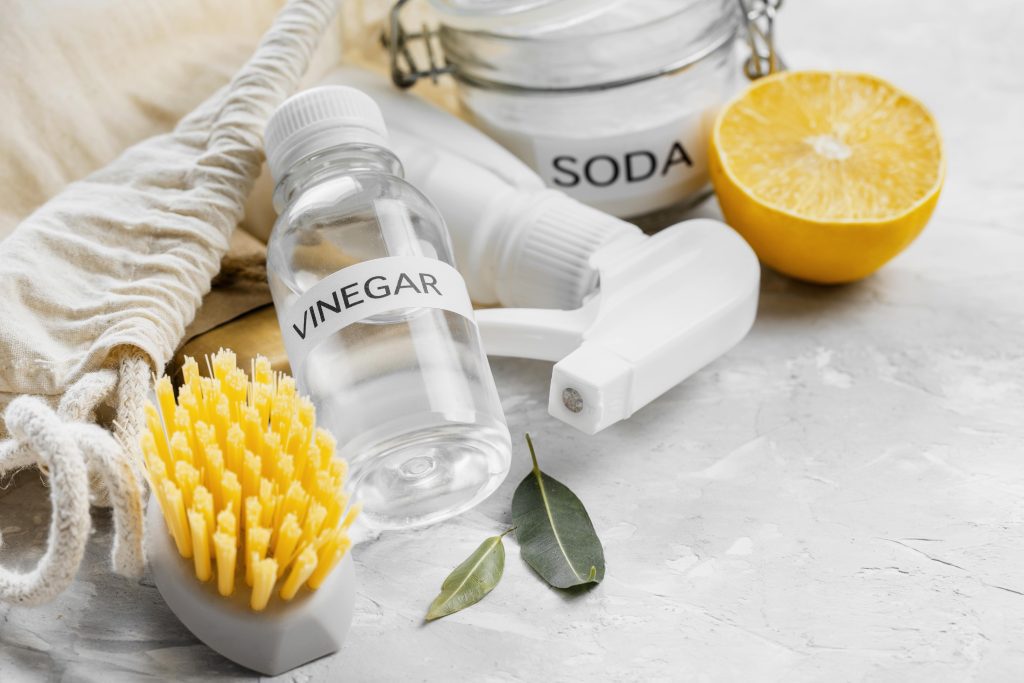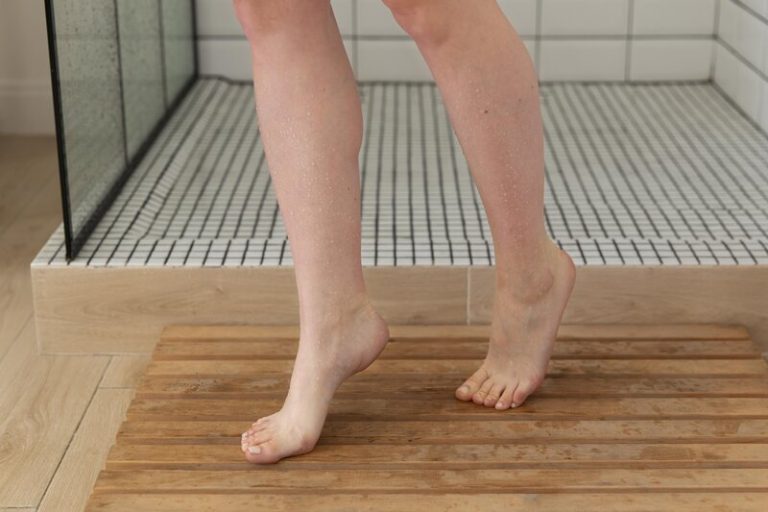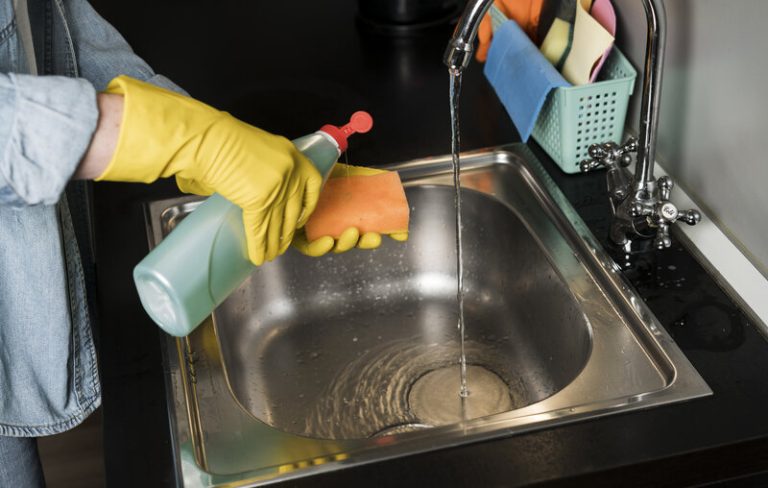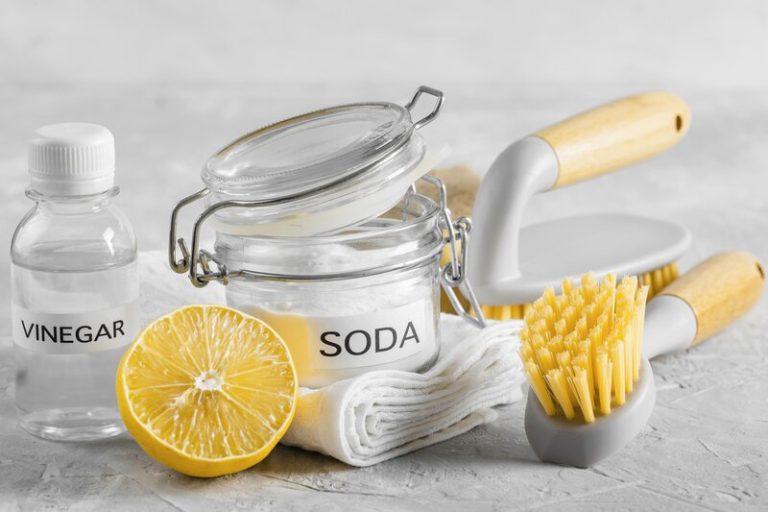Have you ever experienced the frustration of an oil spill on your carpet, leaving a stubborn stain that just won’t budge? Worry no more! This comprehensive guide on how to get oil out of carpet will equip you with proven techniques to effortlessly remove oil stains and keep your carpet looking fresh and clean. With quick action and the right methods, you’ll be able to tackle even the most challenging oil stains with ease.
From immediate action to advanced stain treatments, we’ll walk you through every step of the process, ensuring you have the knowledge and tools necessary to maintain your carpet after an oil spill. Say goodbye to unsightly stains and hello to a pristine carpet!
Key Takeaways
- Take immediate action to manage and remove oil spills on carpets.
- Use household items, baking soda, detergents & gentle agitation for successful cleaning outcomes.
- Implement preventative measures with regular care routines to maintain carpet health after oil spills.
Immediate Action: The First Step in Oil Spill Management

We cannot stress enough the importance of immediate action when it comes to oil spills on carpets. The longer the oil sits, the deeper it penetrates the carpet fibres, making it increasingly difficult to remove. So, what are the first steps to manage the situation effectively? Look no further; we’ve got you covered with initial oil removal and absorbing excess techniques.
Initiating these steps sets you on the path to successfully remove oil stains, preserving your carpet’s beauty and integrity. Let’s get into the specifics!
Initial Oil Removal
The first step in managing an oil spill on your carpet is to remove as much of the oil as possible. This can be done by using a dull knife or an old credit card to lift oily solids from the carpet. Gently scrape off any surplus oil or solid residue without damaging the carpet fibers.
Household items such as:
- Baking soda
- Dishwashing liquid
- Dry cleaning solvent
- Rubbing alcohol
- Dish soap
- Paper towel
are all viable options for initial oil removal from carpets. Continue using these methods until the stain disappears. Remember, the goal is to remove as much oil as possible before moving on to the next step.
Absorbing the Excess
After removing the oily solids, it’s time to soak up the residual oil. Baking soda and cornstarch are excellent absorbent materials to use for this purpose. They not only absorb excess oil and moisture from the carpet fibers but also assist in lifting and removing the oil stain from the carpet, all while neutralizing odors caused by the oil spill.
Sprinkle baking soda generously onto the oil spill and let it sit for 30 to 60 minutes, allowing the absorbent material to do its magic. Alternatively, you can use cornstarch and let it sit for up to an hour.
After the waiting period, use a vacuum cleaner to extract the baking soda or cornstarch from your carpet, effectively removing the excess oil along with it.
Breaking Down the Oil Stain

After the initial oil removal and absorption, it’s time to address the residual oil stain. Breaking down the oil stain can be achieved by using liquid dishwashing detergent or specialized carpet cleaning products. These cleaning solutions effectively penetrate and dissolve the oil, making it much easier to remove from your carpet.
We will cover how to apply detergent and gently agitate the area to effectively break down the oil stain, ensuring an all-encompassing and successful cleaning process.
Application of Detergent
When it comes to applying detergent or cleaning solution to the oil stain, it’s important to make sure it is evenly distributed. One recommendation is to mix 5 ml of detergent with 1 liter of hot water or apply a small amount of detergent directly to the stain. Hot water is particularly effective for removing oil stains from a carpet, as the heat helps to melt the oils and grease, making them easier to remove.
After applying the detergent or cleaning solution, use a clean cloth or sponge and dab the stained area, working from the outer edges towards the center. Remember to avoid scrubbing the stain, as it may cause the oil to spread further into the carpet fibers and make getting stains out of carpet more difficult.
Gentle Agitation
Gentle agitation is the key to breaking up the oil stain without causing damage to your carpet. Use a soft brush or cloth to gently stir the stain, progressing from the outer edges towards the center. This ensures an even distribution of the agitation, allowing for more effective and thorough results.
A stiff-bristled brush or carpet rake is the most appropriate tool for this task. Be mindful of the pressure you apply while agitating the stain, as vigorous scrubbing can lead to undesirable results, such as the spread of the stain and potential damage to the carpet material.
Rinsing and Blotting Techniques

After breaking down the oil stain, it’s necessary to appropriately rinse and blot the area to eliminate any leftover detergent, water, and oil residue. The right techniques are crucial for ensuring a thorough cleaning process and avoiding the spread of the stain or damage to your carpet.
We will guide you through the proper rinsing and blotting techniques to effectively complete the oil stain removal process.
Thorough Rinse
Thoroughly rinsing the area with clean water is a vital step in the oil stain removal process. Hot water is especially effective for rinsing oil stains from carpets, as the heat helps to melt the oils and grease, making them easier to remove.
Pour just enough warm water on the affected area. Then, quickly blot up the detergent with a clean cloth or sponge. This will help to remove any remaining cleaning solution and ensure that the carpet is completely clean and free from any possible staining or damage caused by the cleaning solution.
Effective Blotting
Effectively blotting the area with an absorbent cloth or sponge is crucial for removing excess moisture and residue from your carpet. Use a clean cloth or blotting paper to dab the affected area, avoiding any rubbing or scrubbing that may spread the oil around.
Repeat the blotting process with fresh absorbent materials until no more moisture or residue is being absorbed. Be gentle while blotting to avoid spreading the moisture or residue further. Remember, the goal is to leave your carpet clean and dry, without any traces of oil or detergent.
Advanced Stain Treatment

If you’ve followed all the steps and the oil stain remains, don’t worry! Occasionally, stubborn or aged oil stains require advanced stain treatment methods. We will discuss options such as reapplying the detergent and warm water method or trying alternative solutions like rubbing alcohol or vinegar.
Don’t lose hope; there are still effective ways to tackle those particularly challenging oil stains, even those stubborn motor oil stains caused by motor oil.
Repeating the Process
One option for advanced stain treatment is to repeat the detergent and warm water process until the stain is fully clean. If the stain persists, consider using alternative solutions like rubbing alcohol or vinegar. These substances can be effective in removing oil stains from carpets, especially when used in conjunction with the methods outlined in this guide.
Remember, patience and persistence are key when dealing with stubborn or old oil stains. Keep at it, and you’ll eventually see the results you desire.
Alternative Solutions
If you’ve tried all the methods mentioned so far and the oil stain still remains, it may be time to consider commercial stain removers or professional cleaning services. There are many commercial cleaning products in the market that are effective for treating oil stains on carpets.
The cost of professional cleaning services can vary depending on factors like the size of the carpet and the severity of the stains, but it’s worth considering if you’re unable to remove the stain on your own. These professionals have the expertise and equipment needed to tackle particularly challenging oil stains.
Maintaining Carpet After Oil Spills
After successfully removing the oil stain from your carpet, maintaining your carpet to prevent future spills and keep it looking neat and clean is necessary. By implementing preventative measures and establishing a regular care routine, you can ensure the longevity and cleanliness of your carpet.
We will discuss the significance of preventative measures and a regular care routine for maintaining your carpet after oil spills.
Preventative Measures
To prevent future oil spills on your carpet, consider using protective mats or rugs in high-risk areas. These can help to catch spills before they reach your carpet, making cleanup much easier. Also, be sure to address spills immediately, as quick action is crucial in preventing carpet stains.
By taking these preventative measures, you can keep your carpet in pristine condition and minimize the chances of dealing with stubborn oil stains in the future.
Regular Care Routine
Establishing a regular care routine is essential for maintaining your carpet after oil spills. This includes vacuuming at least twice per week, particularly in areas with high foot traffic. Regular vacuuming helps to keep your carpet clean and free from dirt, allergens, and bacteria.
In addition to vacuuming, consider incorporating professional carpet cleaning into your regular care routine. Having your carpets professionally cleaned at least once or twice a year can help to maintain their hygiene and aesthetic, prolong their lifespan, and enhance indoor air quality.
Summary
In conclusion, removing oil stains from carpets can be a daunting task, but with the right methods and quick action, you can effectively tackle even the most stubborn stains. From initial oil removal to advanced stain treatment, this guide has provided you with a comprehensive walkthrough of proven techniques for oil stain removal.
Now that you’re equipped with the knowledge and tools necessary to remove oil stains from your carpet, you can confidently maintain and preserve the beauty and integrity of your flooring. Remember, a clean and well-maintained carpet is the foundation of a comfortable and inviting home.
Frequently Asked Questions
What will take oil out of carpet?
To remove oil from carpet, start by blotting the stain with a clean cloth and then mixing two cups of warm water with one tablespoon of white vinegar and one tablespoon of liquid hand dishwashing detergent. Apply the solution onto a sponge and work it into any remaining oil stain residue. You can also use baking soda, cornflour and talcum powder to get rid of the stain, leaving the mixture on the stain for 6 hours and then cleaning the affected area well.
Does WD-40 remove oil from carpet?
WD-40 is an effective and practical solution to removing oil from your carpet; it displaces the liquid and makes it easier to wipe away without creating a new stain.
How do you get oil and vinegar out of carpet?
To remove oil and vinegar stains from your carpet, start by scraping off the excess with a clean cloth. Then sprinkle a mixture of baking soda, cornflour and talcum powder onto the stain and let it sit for 6 hours. Finally, vacuum up the residue and clean the area with cold water.
What is the first step in managing an oil spill on a carpet?
The first step in managing an oil spill on a carpet is to remove as much of the oil as possible using a dull knife or an old credit card.
What household items can be used to absorb excess oil on a carpet?
Baking soda and cornstarch are great for absorbing excess oil on a carpet.











